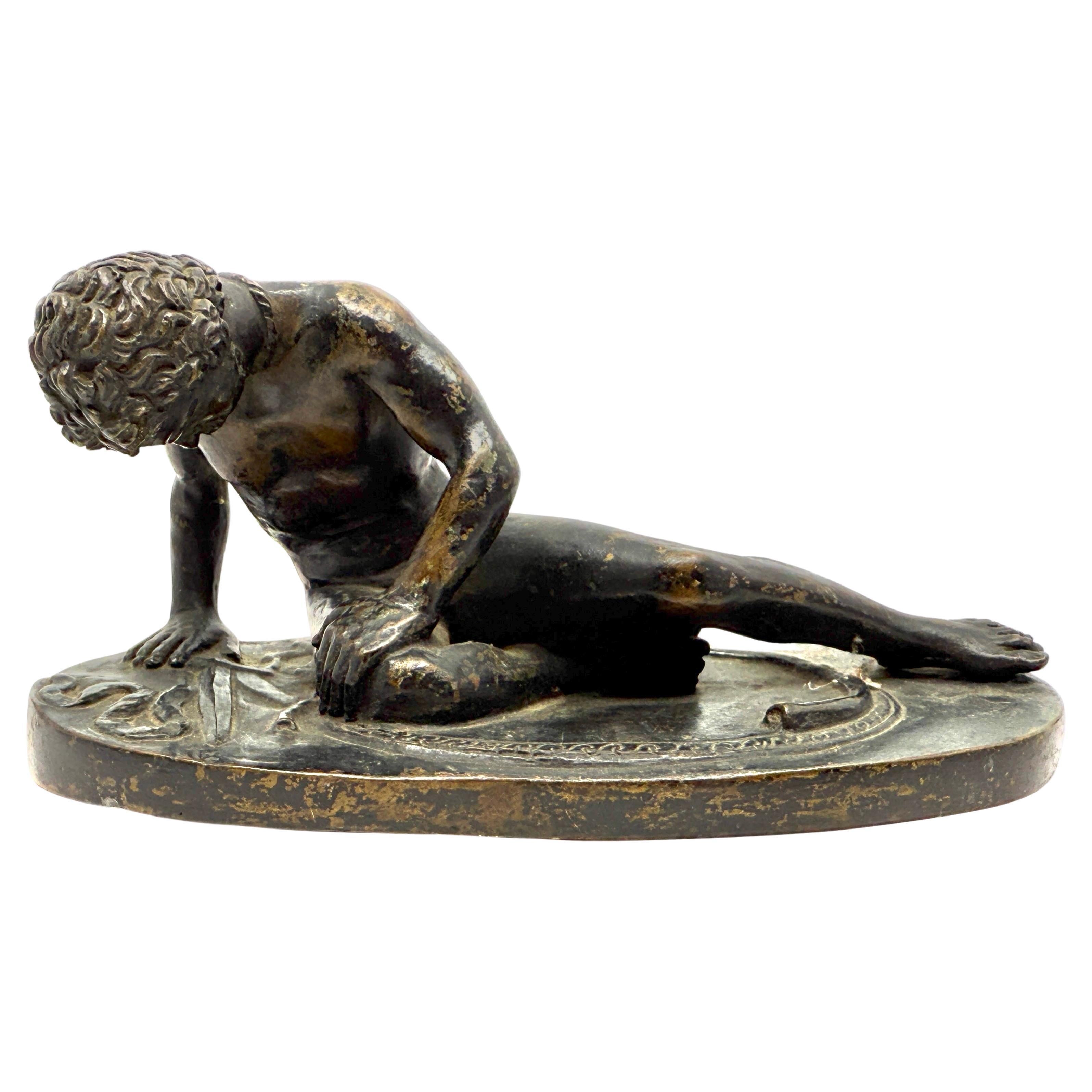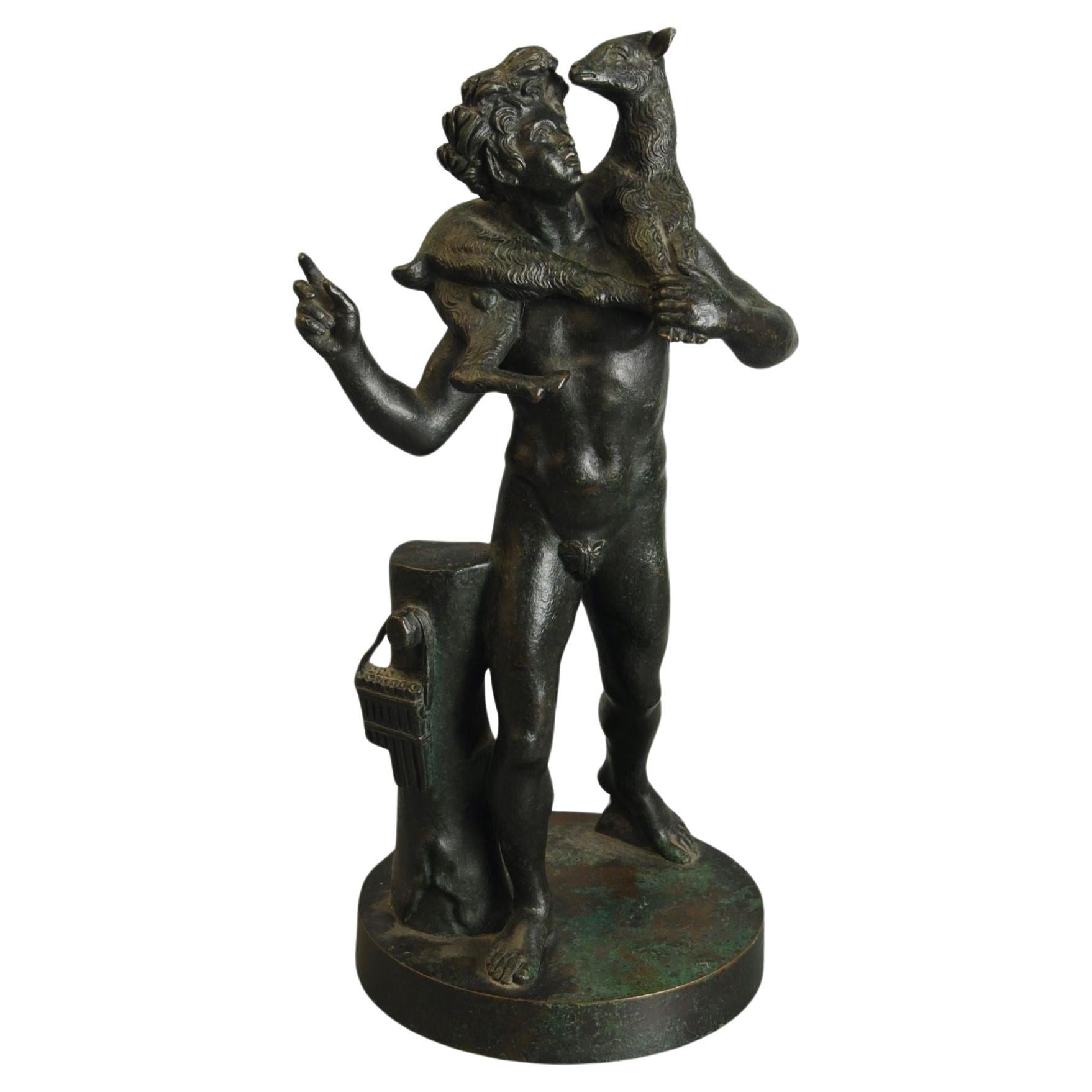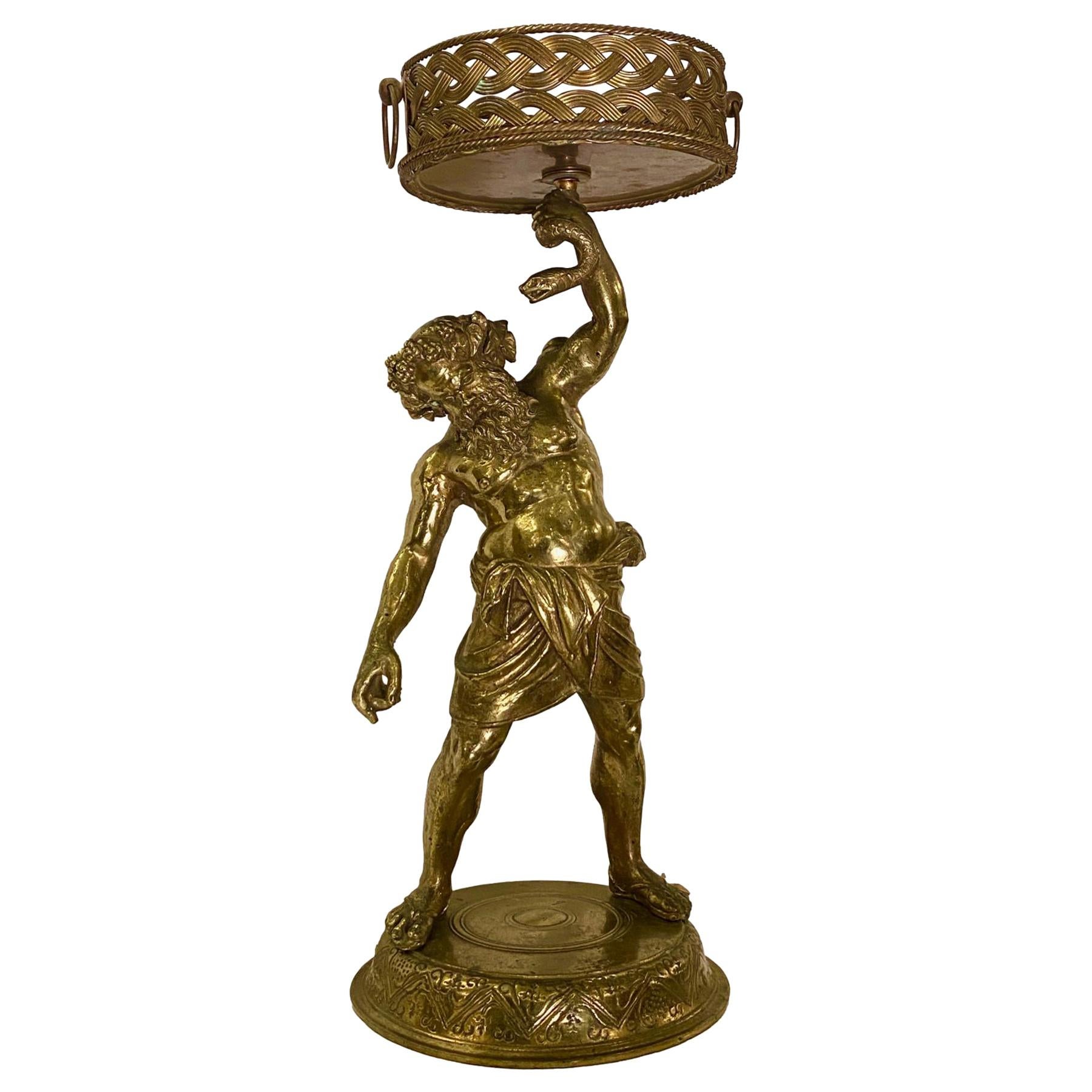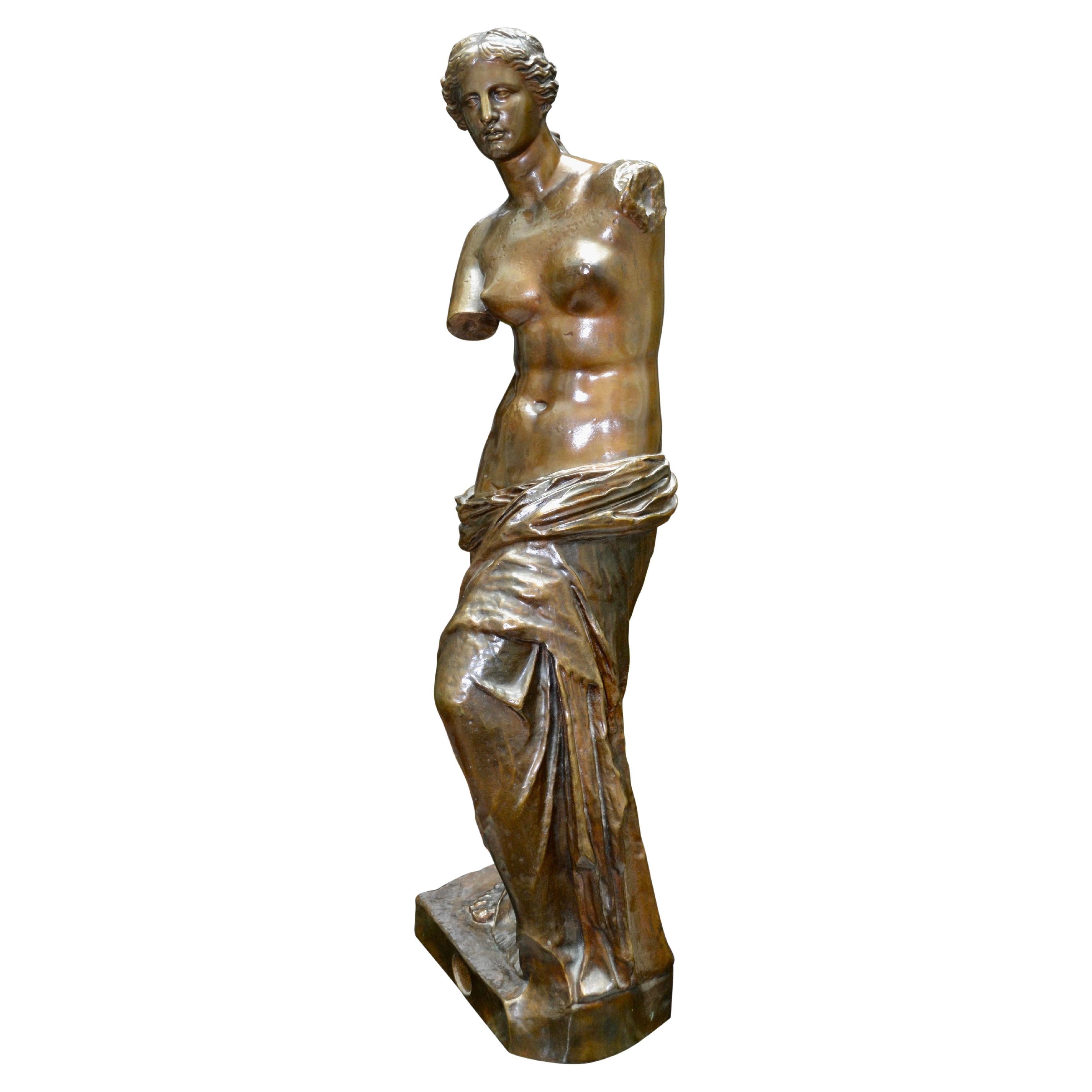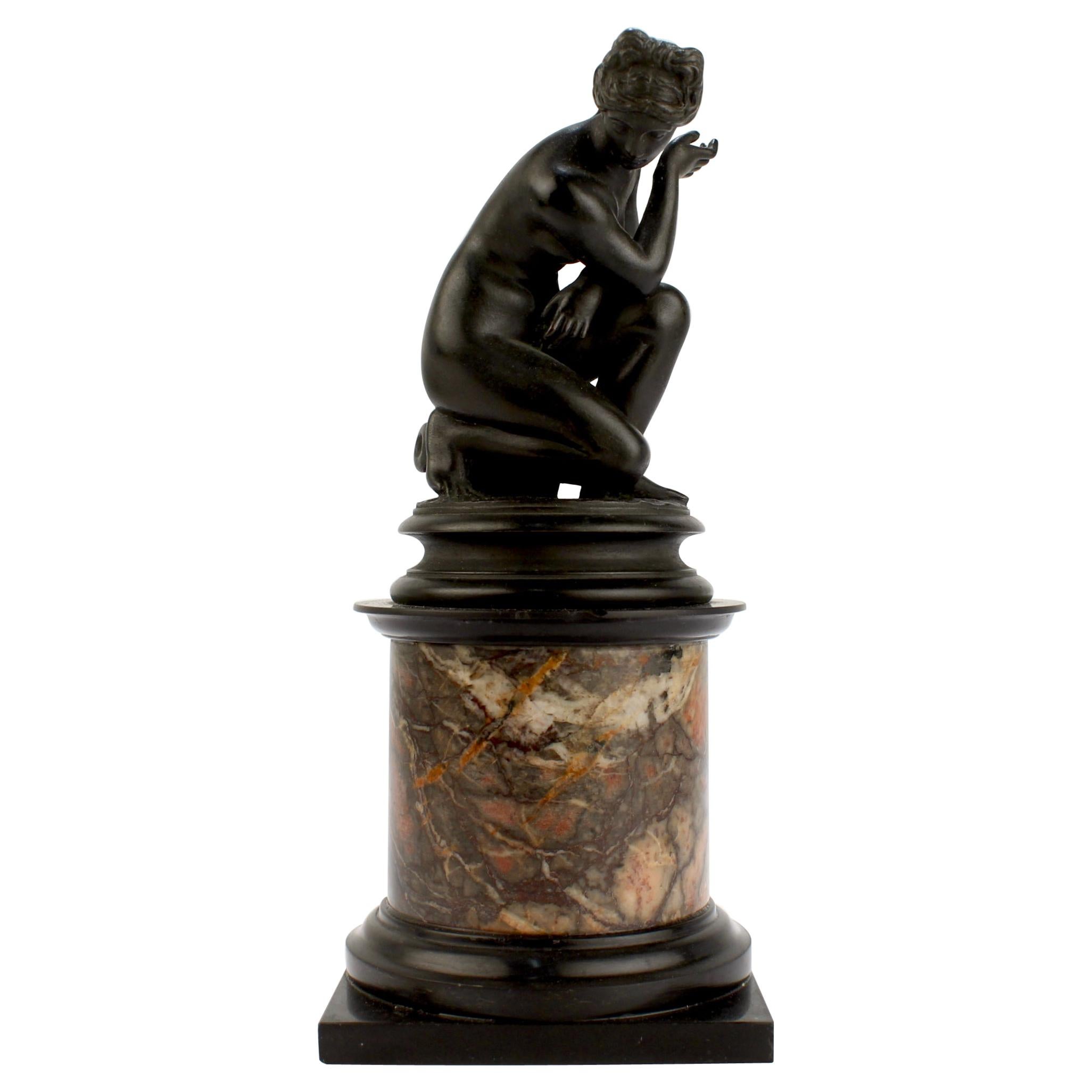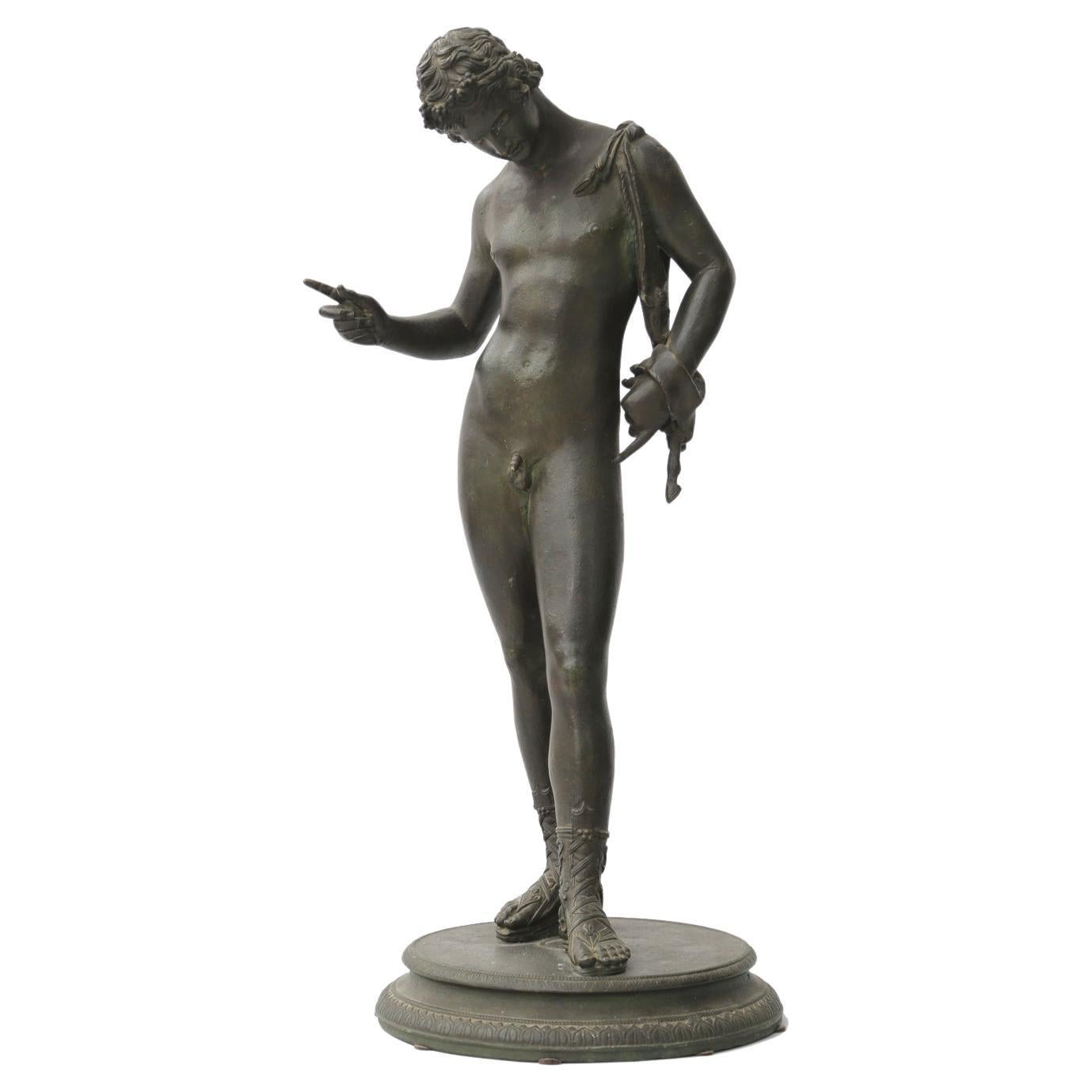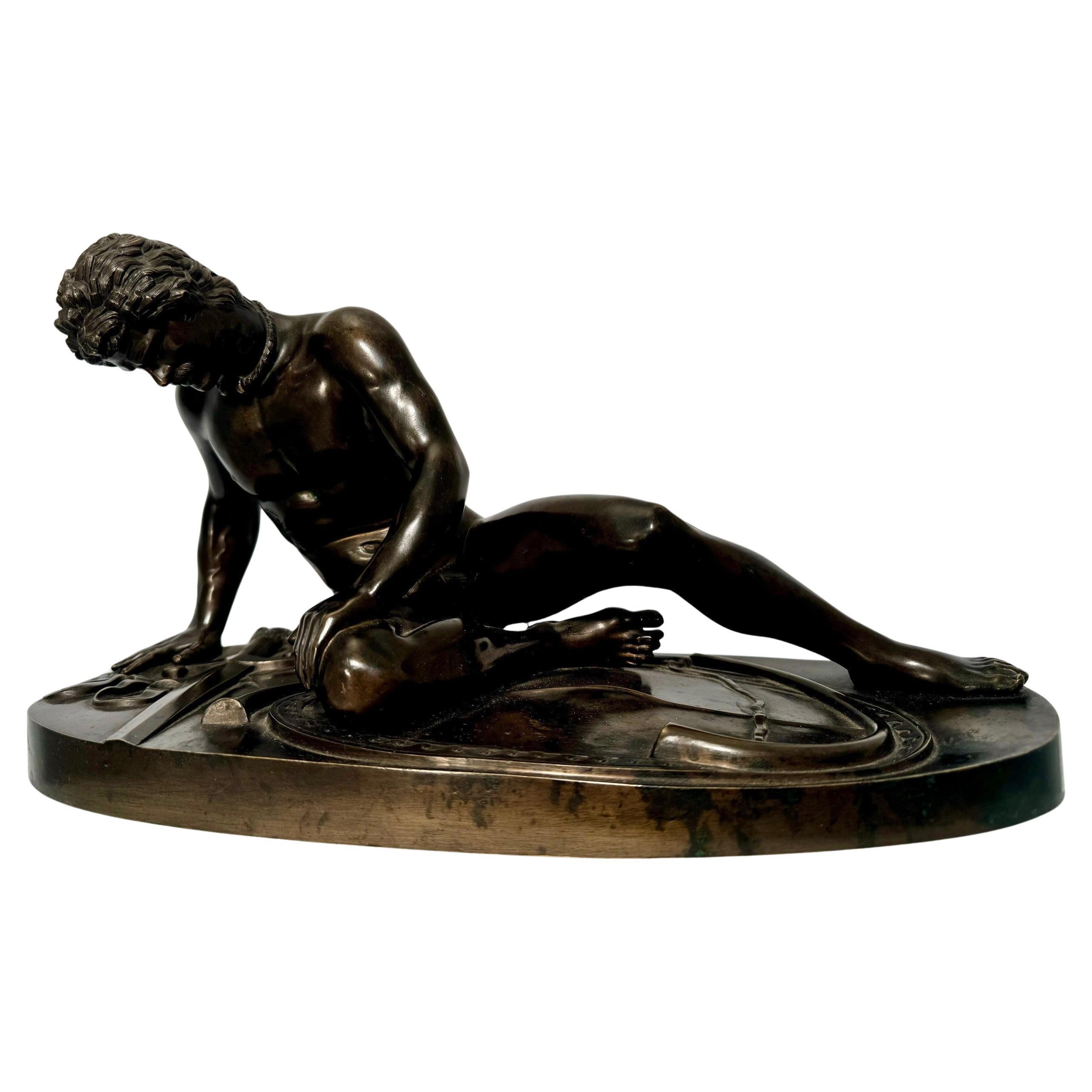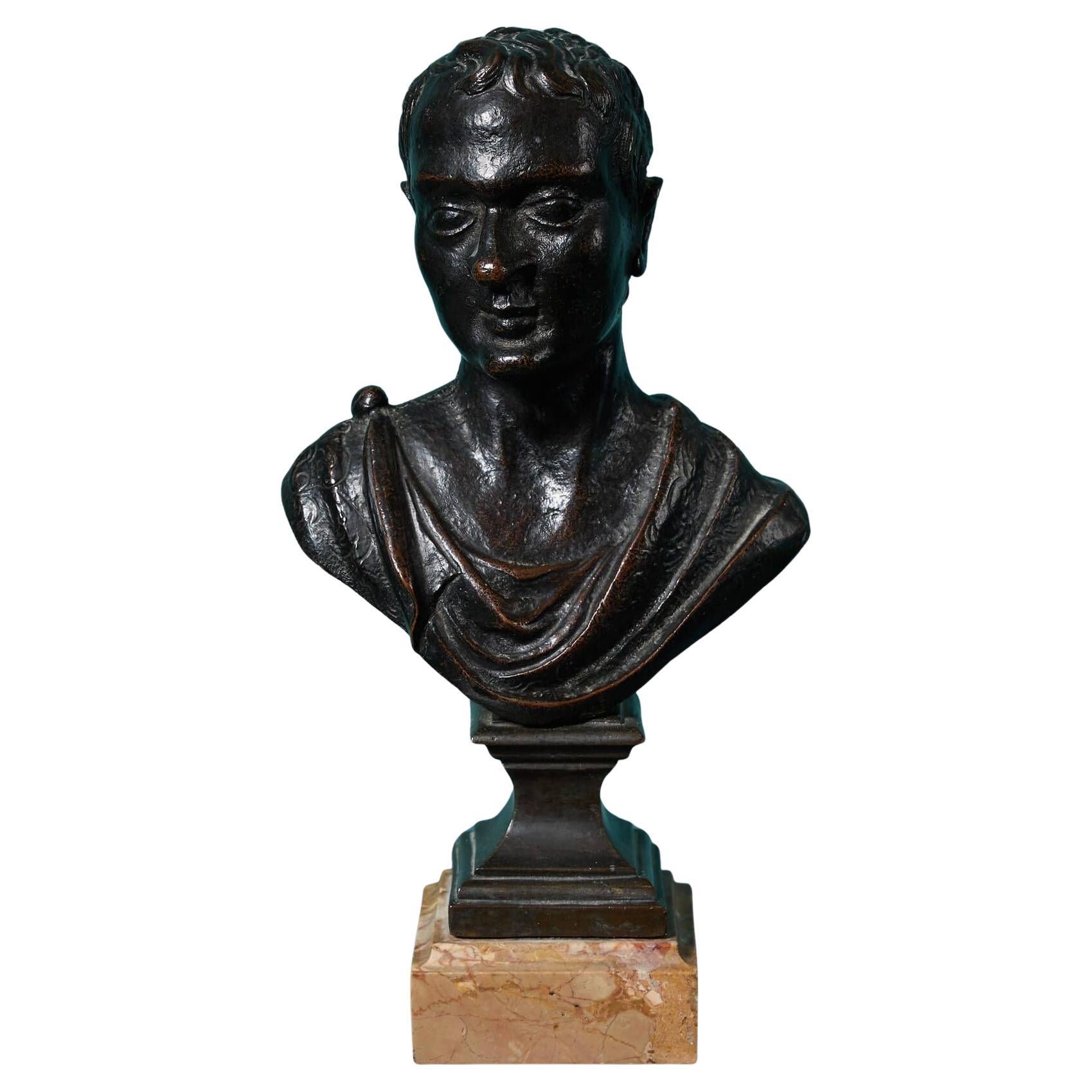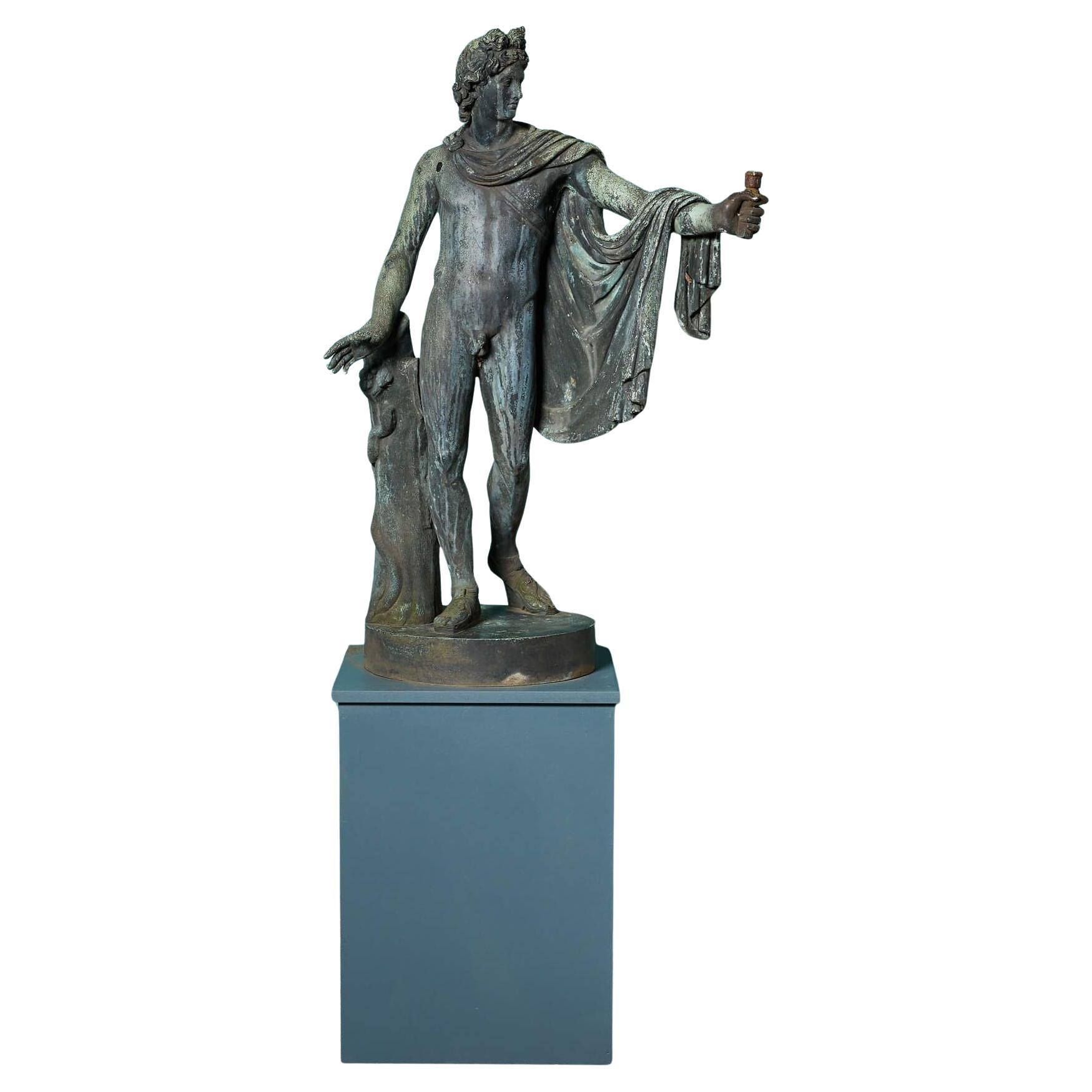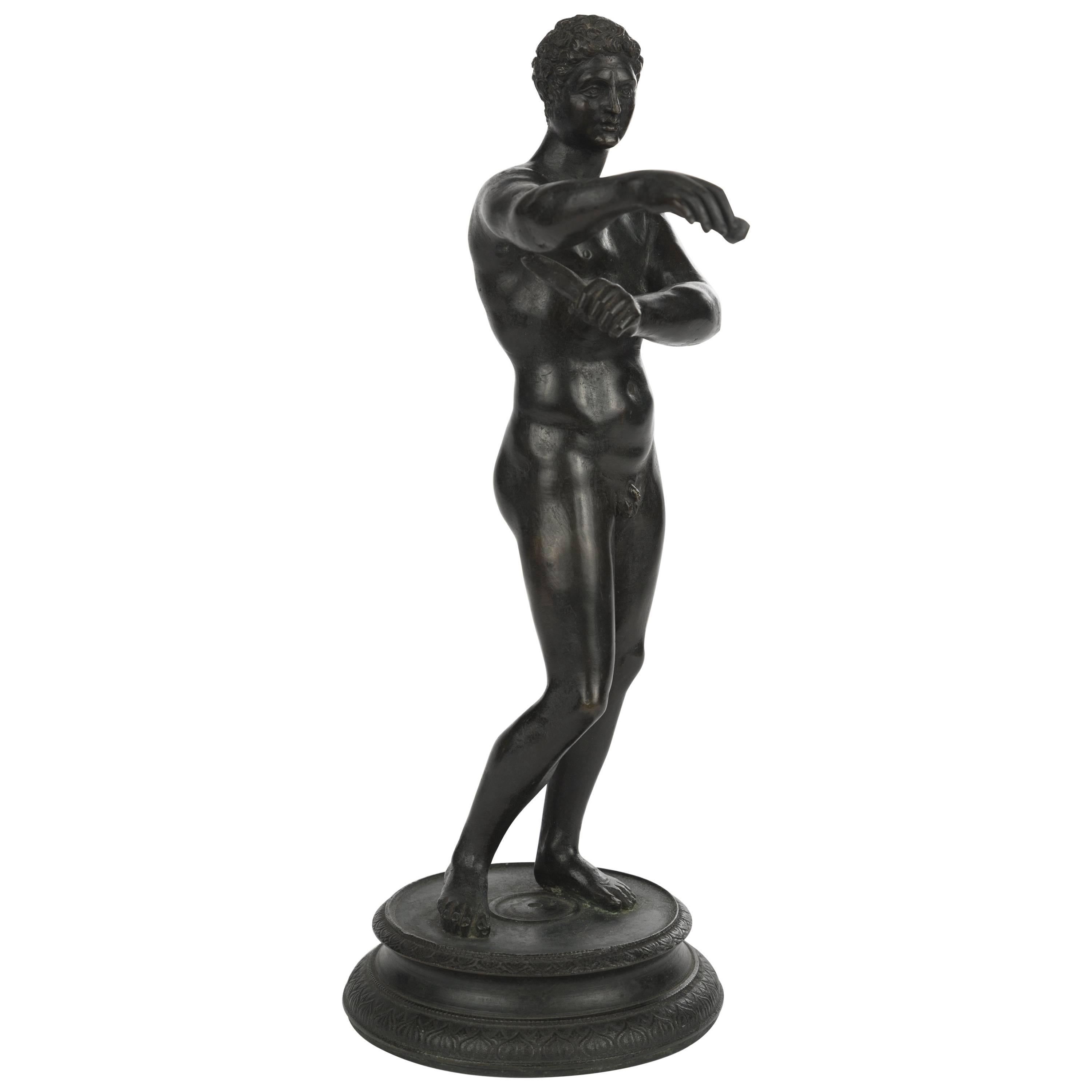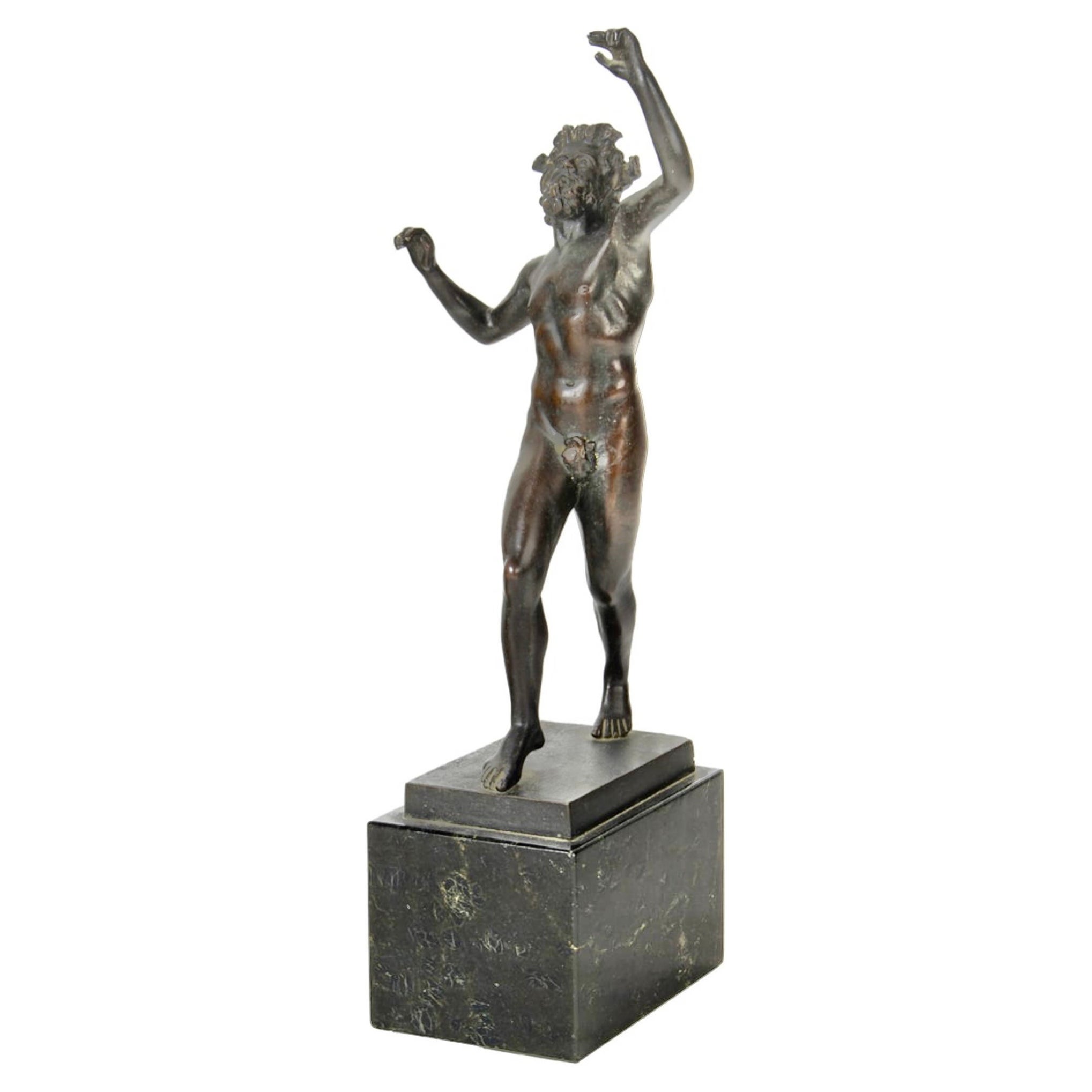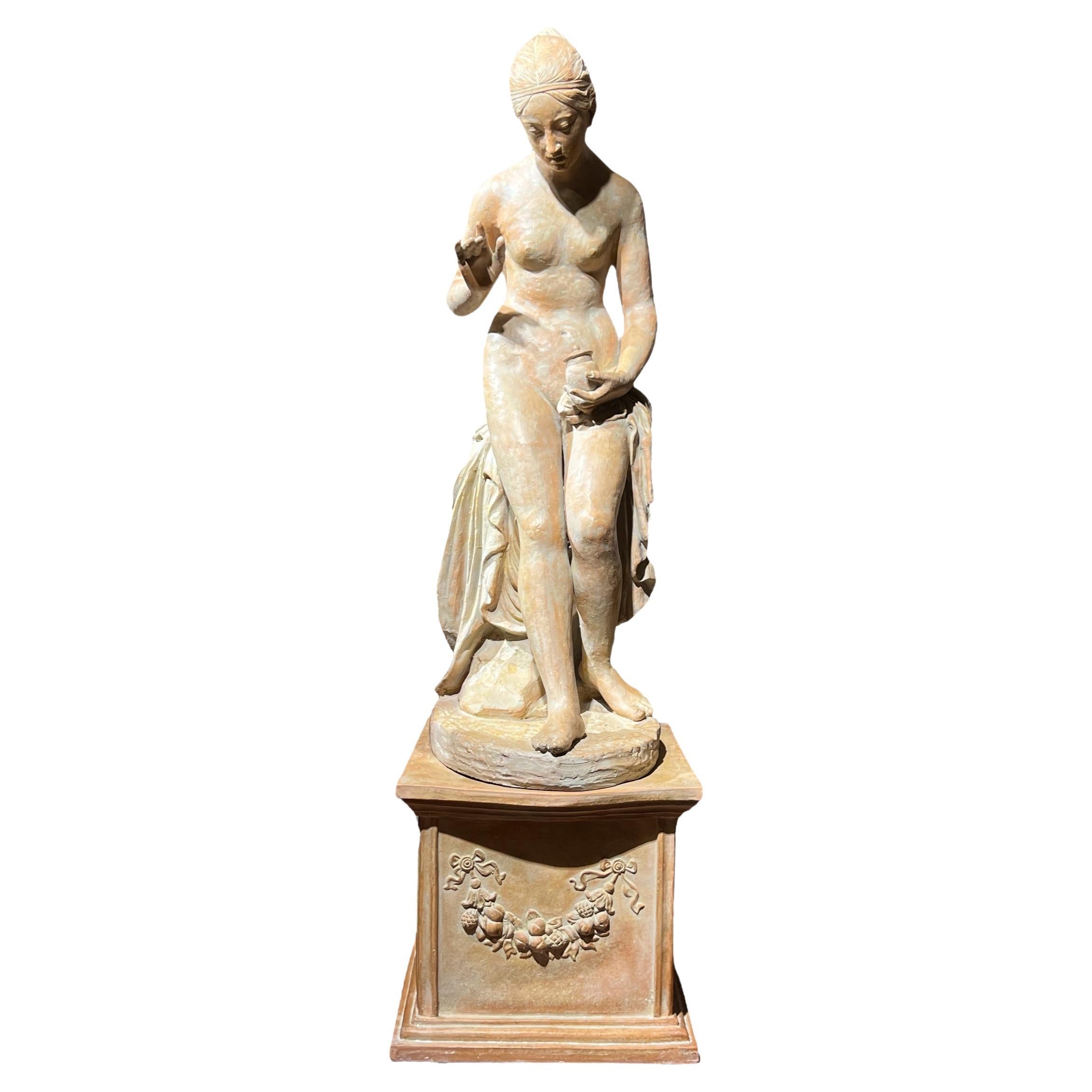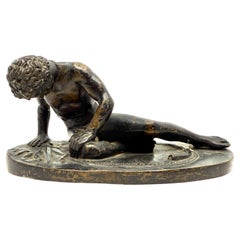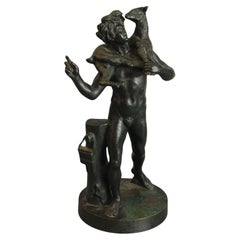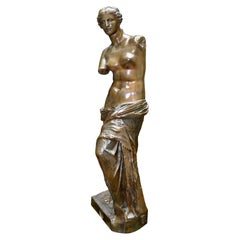
Grand Tour Neoclassical Bronze Figure of Venus at the Bath, circa 1800
View Similar Items
1 of 8
Grand Tour Neoclassical Bronze Figure of Venus at the Bath, circa 1800
$950List Price
About the Item
- Dimensions:Height: 7.09 in (18 cm)Diameter: 2.76 in (7 cm)
- Style:Neoclassical (Of the Period)
- Materials and Techniques:
- Place of Origin:
- Period:
- Date of Manufacture:Turn of 18th Century
- Condition:
- Seller Location:Paris, FR
- Reference Number:1stDibs: LU934410824211
Authenticity Guarantee
In the unlikely event there’s an issue with an item’s authenticity, contact us within 1 year for a full refund. DetailsMoney-Back Guarantee
If your item is not as described, is damaged in transit, or does not arrive, contact us within 7 days for a full refund. Details24-Hour Cancellation
You have a 24-hour grace period in which to reconsider your purchase, with no questions asked.Vetted Professional Sellers
Our world-class sellers must adhere to strict standards for service and quality, maintaining the integrity of our listings.Price-Match Guarantee
If you find that a seller listed the same item for a lower price elsewhere, we’ll match it.Trusted Global Delivery
Our best-in-class carrier network provides specialized shipping options worldwide, including custom delivery.You May Also Like
Grand Tour Neoclassical Bronze of “The Dying Gaul”
Located in Palm Springs, CA
A nice little bronze Grand Tour souvenir bronze of the Dying Gaul a famous sculpture of antiquity preserved in Rome. This bronze has nice detail. The patina is worn in some places and it is in estate found condition. We haven’t tried to clean or polish it.
Some patina loss minor nicks and surfaces scratches, please see the detailed photos.
For this interested this from Wikipedia about the original sculpture:
The Dying Gaul, also called The Dying Galatian[2] (Italian: Galata Morente) or The Dying Gladiator, is an ancient Roman marble semi-recumbent statue now in the Capitoline Museums in Rome. It is a copy of a now lost Greek sculpture from the Hellenistic period (323–31 BC) thought to have been made in bronze.[3] The original may have been commissioned at some time between 230 and 220 BC by Attalus I of Pergamon to celebrate his victory over the Galatians, the Celtic or Gaulish people of parts of Anatolia. The original sculptor is believed to have been Epigonus, a court sculptor of the Attalid dynasty of Pergamon.
Until the 20th century, the marble statue was usually known as The Dying Gladiator, on the assumption that it depicted a wounded gladiator in a Roman amphitheatre.[4] However, in the mid-19th century it was re-identified as a Gaul or Galatian and the present name "Dying Gaul" gradually achieved popular acceptance. The identification as a "barbarian" was evidenced for the figure's neck torc, thick hair and moustache, weapons and shield carved on the floor, and a type of Gallic carnyx between his legs.[5]
Description
The white marble statue, which may originally have been painted, depicts a wounded, slumped Gaulish or Galatian Celt, shown with remarkable realism and pathos, particularly as regards the face. A bleeding sword puncture is visible in his lower right chest. The warrior is represented with characteristic Celtic hairstyle and moustache with a Celtic torc...
Category
Early 20th Century Italian Figurative Sculptures
Materials
Bronze
Grand Tour Bronze Figure Of Bacchus
Located in Lincolnshire, GB
A 19th century Italian grand tour bronze figure of Bacchus with a goat over his shoulders
Circa 1890
Category
Antique Late 19th Century Italian Grand Tour Figurative Sculptures
Materials
Bronze
Antique Grand Tour Bronze Figure
Located in New York, NY
A circa late 19th century Italian cast bronze figure depicting Bacchus holding a woven bronze basket with original patina.
Measurements:
Height 24"
D...
Category
Antique Late 19th Century Italian Figurative Sculptures
Materials
Bronze
19th Century Grand Tour Bronze Statue of Venus of Milo
Located in Vancouver, British Columbia
A very fine Grand Tour bronze study of the famous Venus de Milo with excellent rich brown patina and good hand finished surface detail. The casting is unusual in that it does not pretend to hide the many imperfections on the original.
It is signed on the base with "Reduction Mechanique Ronald Collas, and for the foundry F.Barbidienne Fondeur. Foundry stamp on the base
Considered by any to be the most beautiful Hellenistic statue to survive fro antiquity, the Venus of Milos...
Category
Antique Late 19th Century French Neoclassical Figurative Sculptures
Materials
Bronze
Antique Grand Tour Bronze Sculpture of the Crouching Venus after Giambologna
By Giambologna
Located in Philadelphia, PA
A very fine Grand Tour bronze sculpture.
Modeled after the 'Crouching Venus' by Giambologna.
Depicting Venus surprised at her bath with an overturned urn at her feet. Mounted o...
Category
Antique 19th Century Italian Grand Tour Figurative Sculptures
Materials
Bronze
Grand Tour bronze figure of “The Dying Gaul”, After The Antique
Located in Montreal, QC
A late 19th century Grand Tour bronze figure of “The Dying Gaul”, after the antique. The Dying Gaul depicts a warrior in his final moments, next to his shield and sword, his face contorted in pain just before he collapses from the mortal wound to his chest The original marble figure, which is in the Capitoline museum in Rome is thought to be a Roman copy of a Greek sculpture in Bronze. As an image of a vanquished enemy, the sculpture embodies courage in defeat, self-possession in the face of death, and the recognition of nobility in an alien race.
“The Dying Gaul” was found in Rome with another ancient marble...
Category
Antique Late 19th Century Italian Classical Greek Figurative Sculptures
Materials
Bronze
Recently Viewed
View AllMore Ways To Browse
Venus Bronze
Venus Figure
Italian Venus Bronze Sculpture
Grand Tour Venus
Grand Tour Bath
Venus Bathing
Polychrome Sculptures
Antique Italian Decorative Objects
Antique Headdress
Antique Furniture Egypt
Marble Female Sculpture
Antique Metal Sculpture
German Wood Figure
Antique French Statue
Girl Sculpture Young
Grand Tour Marble
Hand Carved Belgium Furniture
Late Neoclassicism France
